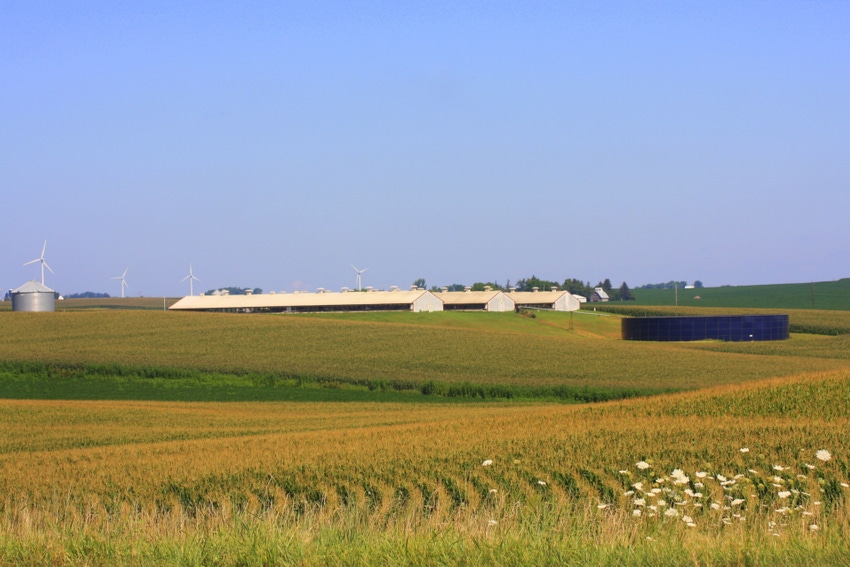EPA seeks more time before requiring emissions reports
USPOULTRY and NPPC in process of filing briefs within next few days supporting EPA’s motion for further stay of mandate.

The Environmental Protection Agency has filed a petition with the U.S. Court of Appeals for the District of Columbia requesting an extension of the current stay of the mandate to submit reports notifying first responders of the release of low levels of ammonia from poultry and egg farms.
The petition follows the release of preliminary guidance documents on Oct. 27 that outlined reporting obligations required for animal agriculture under the Comprehensive Environmental Response, Compensation & Liability Act (CERCLA) and the Emergency Planning & Community Right to Know Act (EPCRA).
Although large feeding operations were previously exempt from filing the paperwork, a court ruled earlier this year that EPA’s 2008 rule could not exempt animal feeding operations from the CERCLA hazardous substance reporting requirements or exempt all but the largest feeding operations from state and local reporting requirements under EPCRA.
The EPA petition recognizes that “estimating emissions is complex, given the numerous variables involved,” and that additional time would allow the agency to review input solicited from stakeholders that could increase the accuracy of emission estimates. The agency’s motion for further stay requests an additional two months, or until Jan. 17, 2018, whichever is later.
The U.S. Poultry & Egg Assn. (USPOULTRY) and the National Pork Producers Council (NPPC) are in the process of filing briefs within the next few days that support EPA’s motion for a further stay of the mandate.
The appeals court’s current stay expires on Nov. 15. If the court denies EPA’s motion for further stay of the reporting requirement, poultry and egg farmers across the U.S. would be required to begin reporting under the CERCLA program on Nov. 15.
Unless the court further delays this date, all farms (including those previously exempted) that have releases of hazardous substances to air from animal wastes equal to or greater than the reportable quantities for those hazardous substances within any 24-hour period must provide notification of such releases.
To prepare for potential denial of the EPA motion, USPOULTRY has developed reporting guidance documents to assist poultry and egg producers. The documents outline the steps for notifying the National Response Commission and submitting the initial and 12-month follow-up reports to the appropriate regional EPA office.
USPOULTRY president John Starkey said, “We appreciate EPA’s thoughtful review of the reporting requirements and their recognition that the low-level emissions that may result from the natural breakdown of manure are highly irregular and differ from one farm to the next. USPOULTRY’s reporting documents have been developed to provide poultry and egg producers the potential means to make a good-faith estimate of emissions until more accurate methodologies are established that account for the multiple variables that we know affect the generation of emissions.”
USPOULTRY’s reporting guidance documents are located on the USPOULTRY website under the Regulatory Programs Support & Assistance menu.
The preliminary guidance issued by EPA on Oct. 27 clarified that reporting under EPCRA is not required because “any substance, to the extent it is used in routine agricultural operations or is a fertilizer held for sale by a retailer to the ultimate customer,” is excluded from the definition of “hazardous chemical,” and the “handling and storage of the animal waste would also be considered a routine agricultural operation.”
EPA’s guidance document can be found on the agency's website.
About the Author(s)
You May Also Like





